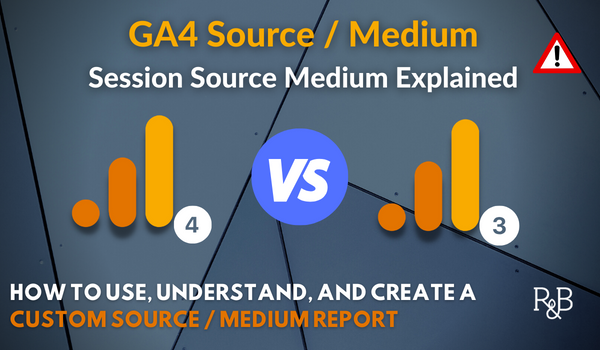Unlocking Secondary Dimensions in Google Analytics: Definition and Practical Use Cases Discovered
Unlocking Secondary Dimensions in Google Analytics: Definition and Practical Use Cases Discovered
Blog Article
Revealing the Influence of Additional Measurement in Google Analytics on Information Evaluation and Insights
In the realm of information analytics, the application of additional measurements within Google Analytics has emerged as a critical tool for extracting much deeper understandings and unraveling facility patterns that might otherwise continue to be obscured. By peeling off back the layers of main data collections, additional dimensions provide a nuanced point of view that enriches the understanding of user habits, website performance, and the effectiveness of advertising and marketing methods.
Exploring the Principle of Secondary Measurements
Additional measurements in Google Analytics provide added understandings by permitting individuals to assess key information in combination with an additional feature. By including additional measurements, users can dig deeper into the data and reveal valuable correlations that might otherwise go unnoticed - what is a secondary dimension in google analytics.
By checking out the numerous second dimensions readily available in Google Analytics, individuals can unlock new understandings and optimize their electronic marketing initiatives. In significance, secondary measurements offer as a powerful device for boosting data analysis and driving workable results.
Enhancing Data Interpretation With Secondary Measurements
Having actually developed the fundamental understanding of additional measurements in Google Analytics and their essential role in information evaluation, the emphasis currently changes in the direction of leveraging these additional characteristics to improve the analysis of analytics data (what is a secondary dimension in google analytics). By including additional dimensions right into information evaluation, experts can acquire deeper understandings into user actions, internet site performance, and advertising and marketing effectiveness

Moreover, secondary measurements assist in contextualizing primary data metrics by giving extra layers of details. This contextualization aids in comprehending the 'why' behind the data trends, aiding experts make educated decisions and optimizations to improve overall efficiency. Eventually, integrating secondary measurements improves the data analysis process, resulting in even more purposeful understandings and strategic actions.
Discovering Hidden Insights Via Second Measurements
Discovering the midsts of analytics information with additional dimensions reveals valuable insights that would certainly otherwise remain obscured. By incorporating additional dimensions in Google Analytics, businesses can unearth concealed patterns, trends, and connections that offer a more detailed understanding of individual actions and web site performance. These additional layers of information enable analysts to delve deeper right into the key dimensions, such as website traffic resources or touchdown web pages, and gain a much more nuanced perspective on how different variables connect with each various other.
With the use of additional dimensions, analysts can section and compare information throughout various measurements, enabling them to recognize particular aspects that affect individual interaction, conversion rates, and total success metrics. By matching the main dimension of 'gadget classification' with the secondary dimension of 'age group,' marketing experts can determine which age demographics like accessing the web site through mobile gadgets versus desktops.
Leveraging Secondary Dimensions for Actionable Analytics
Building upon the understandings introduced through secondary measurements in Google Analytics, companies can now harness this enriched information landscape to drive workable analytics and critical decision-making. By leveraging second dimensions, companies can delve much deeper into their information to draw out important patterns, patterns, and relationships that may have formerly gone undetected. This deeper degree of analysis allows services to get a much more comprehensive understanding of user behavior, campaign performance, and overall internet site performance.
One view publisher site trick advantage of making use of additional measurements for actionable analytics is the ability to segment data based upon particular standards. This division allows companies to tailor their strategies and projects to various target market groups, bring about much more targeted and effective advertising initiatives - what is a secondary dimension in google analytics. In addition, second dimensions provide an even more alternative sight of individual communications, enabling organizations to enhance their web site material, design, and total customer experience
Optimizing Decision-Making With Additional Dimensions
To improve tactical decision-making in analytics, leveraging second dimensions in Google Analytics can offer an extra nuanced point of view on user habits and project performance. By incorporating additional dimensions into information evaluation, organizations can dive much deeper into the specifics of their internet site visitors' interactions and engagement patterns. This extra layer of info enables an extra extensive understanding of how different variables, such as demographics, tools, or website traffic sources, impact essential find out this here efficiency indications.

Verdict
Finally, the use of second dimensions in Google Analytics plays an essential role in enhancing data analysis and uncovering surprise understandings. By discovering this concept, one can acquire a much deeper understanding of article source customer behavior and make informed decisions based upon workable analytics. Leveraging additional dimensions enables an extra thorough analysis of information and maximizes the performance of decision-making procedures.

Report this page